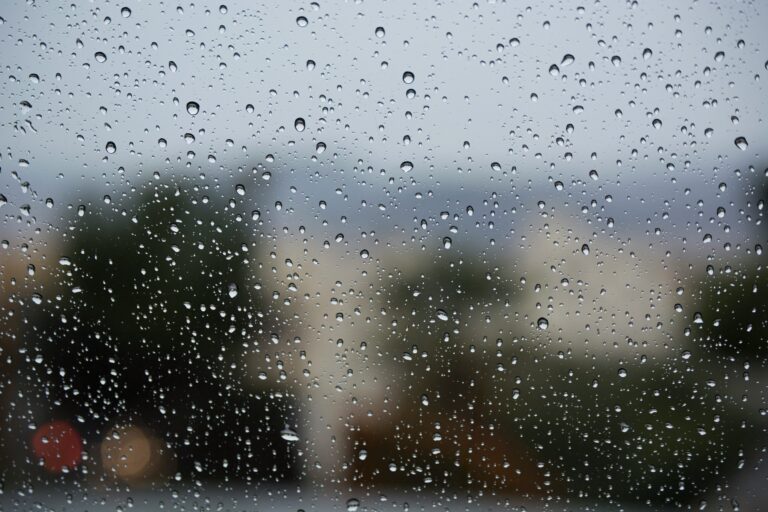Rain in Spain: Navigating Weather, Culture, and Adventure
Rain in Spain
Rain in Spain in General
When you visit Spain, you might notice that rain is important for the country. Rain usually comes in the fall and winter seasons. People like the rain because it cools down the hot weather. If you go outside when it’s raining, you can use an umbrella or wear a raincoat to stay dry.
The rain is good for the land and helps plants and crops grow. It makes the fields green and beautiful. Farmers depend on rain to water their crops, so it’s important for them. However, sometimes there may not be enough rain in certain areas, and this can be a challenge for farmers.
It’s good to know about the weather when you plan your visit to Spain. Rain is a natural blessing, but too much of it can cause floods, so it’s essential to be cautious. Keep an eye on the weather forecast to make the most of your trip and enjoy the beauty that rain brings to Spain.

Regional Rain in Spain
In Spain, the amount of rain can vary from one region to another. Some areas, especially in the north, tend to get more rain, making the landscapes lush and green. In contrast, regions in the south may experience drier conditions.
If you plan to visit the northern parts of Spain, like Galicia or Asturias, you might encounter more rain, especially during the fall and winter. The rain in these regions contributes to the beautiful scenery and is essential for farming activities.
On the other hand, if you’re heading to the southern areas like Andalusia, it tends to be drier. The sun often shines, and rain is less frequent, especially in the summer.
Understanding these regional differences in rainfall can be helpful when packing for your trip. If you’re visiting the north, consider bringing an umbrella or a light rain jacket, just in case. In the South, it’s more about sunscreen and staying cool.
Tourist Activities During Rain in Spain

When it rains in Spain, there are still enjoyable activities for tourists. You can explore indoor attractions like museums, where you can discover the rich history and culture of the country. Many cities offer fascinating exhibitions and art galleries that provide a delightful way to spend a rainy day.
If you prefer a more relaxing time, you can visit cozy cafes or traditional Spanish taverns. These places offer a warm atmosphere, and you can savor delicious local cuisine while listening to the rhythm of the rain outside.
Shopping is another great option. Spain has vibrant markets and charming boutiques where you can find unique souvenirs and gifts. Exploring these indoor spaces can be a fun way to stay dry while indulging in some retail therapy.
Consider attending a live performance or a theater show. Spain has a rich tradition of performing arts, and many cities host entertaining shows even on rainy days. It’s a chance to experience the local culture in a cozy and sheltered environment.
Average monthly rainfall in MM’s in Spain
January: 50mm – 100mm
February: 40mm – 80mm
March: 40mm – 80mm
April: 30mm – 60mm
May: 20mm – 40mm
June: 10mm – 30mm
July: 5mm – 20mm
August: 5mm – 20mm
September: 10mm – 30mm
October: 30mm – 60mm
November: 40mm – 80mm
December: 50mm – 100mm
Navigating Urban Areas with Rain in Spain

When it rains in urban areas in Spain, there are some simple ways to navigate and still enjoy your time. First, consider using an umbrella or a waterproof jacket to stay dry. Many locals do the same, and it’s a practical way to move around comfortably.
Public transportation, like buses and metros, is a good option on rainy days. They provide shelter and can take you to various parts of the city without getting wet. Make sure to check the schedules and routes beforehand for a smooth journey.
If you prefer walking, look for covered pathways, such as arcades or shopping streets. These areas offer protection from the rain while allowing you to explore the city. Many urban places have charming cafes and shops where you can take a break and enjoy the surroundings.
Keep in mind that rain in Spain is usually not heavy, so with a bit of preparation and flexibility, you can still make the most of your urban exploration. Embrace the experience, and don’t let the rain dampen your enthusiasm for discovering the charm of Spanish cities.
Places with the most Rain in Spain

In Spain, if you’re looking for places with the most rain, head to the northern regions. Areas like Galicia, Asturias, and the Basque Country, along the northern coast, experience higher rainfall. In these regions, you can expect an average monthly rainfall ranging from about 100mm to over 200mm, particularly during the fall and winter months.
These northern areas have a climate influenced by the Atlantic Ocean, contributing to more significant precipitation. If you’re someone who enjoys the sound of rain and lush green landscapes, these regions offer a different experience compared to the drier southern parts of Spain.
Before planning your visit, it’s a good idea to check the weather forecast for the specific region you intend to explore. Whether you’re in the north or the south, understanding the average rainfall can help you pack accordingly and make the most of your journey through Spain.
